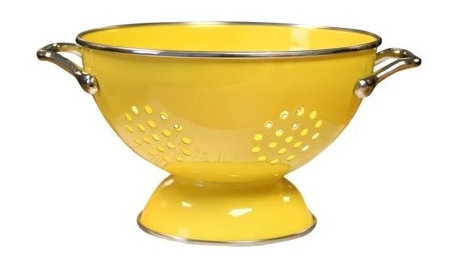Mixing my own starter mix- advice needed
kevinitis
12 years ago
Related Stories

PRODUCT PICKSGuest Picks: The Well-Stocked Starter Kitchen
We’ve got all the kitchen basics and tableware you need (or that recent grad needs) to make cooking a joy
Full Story
FURNITUREHow to Mix Wood Furniture Finishes
Furniture doesn't need to match to look good; add character and charm to your home with mismatched — but complementary — tones
Full Story
HOMES AROUND THE WORLDHouzz Tour: Gray and Yellow Mix It Up in a London Apartment
A neutral palette gets a jolt of energy from sunny accessories and witty artwork in this new unit in an industrial area
Full Story
PATTERNMix Pillow Patterns Like a Pro: 17 Foolproof Themes
Toss together one of these helpful pattern mixes for a sofa, chair or bed bursting with liveliness
Full Story
KITCHEN DESIGNYour Kitchen: Mix Wood and Painted Finishes
Create a Grounded, Authentic Design With Layers of Natural and Painted Wood
Full Story
DECORATING GUIDESRoom of the Day: A Fresh Mix in a Traditional Colonial
A designer combines rich colors and fabrics with lighter pieces in a living room that's the heart of a North Carolina home
Full Story
KITCHEN DESIGNNew This Week: 2 Kitchens That Show How to Mix Materials
See how these kitchens combine textures, colors and materials into a harmonious whole
Full Story
DINING ROOMS10 Foolproof Ways to Mix Up Your Dining Chairs
Kick matchy-matchy to the curb and go for dining chairs that pull off a cohesive look with personality
Full Story
BATHROOM DESIGNHow to Mix Metal Finishes in the Bathroom
Make a clean break with one-dimensional bathroom finishes by pairing nickel, silver and bronze hardware and fixtures
Full Story
BATHROOM DESIGN9 Tips for Mixing and Matching Tile Styles
Get acquainted with the basics of combining shapes, colors and finishes for a symphony of tiles
Full Story





digdirt2
zen_man
Related Professionals
Lake Oswego Landscape Architects & Landscape Designers · Wake Forest Landscape Contractors · Brockton Landscape Contractors · Suitland Landscape Contractors · Goldenrod Landscape Contractors · Franconia Carpenters · La Grange Carpenters · Tucson Carpenters · Worcester Carpenters · Cherry Hill Fence Contractors · Clarksburg Fence Contractors · Hinsdale Fence Contractors · North Hollywood Fence Contractors · Parkland Fence Contractors · Safety Harbor Fence Contractorsdigdirt2
nhardy
kevinitisOriginal Author
zen_man
kevinitisOriginal Author
zen_man
kevinitisOriginal Author
mandolls
zen_man
zen_man
kevinitisOriginal Author
kevinitisOriginal Author
zen_man
kevinitisOriginal Author
zen_man
kevinitisOriginal Author
zen_man
carino2010